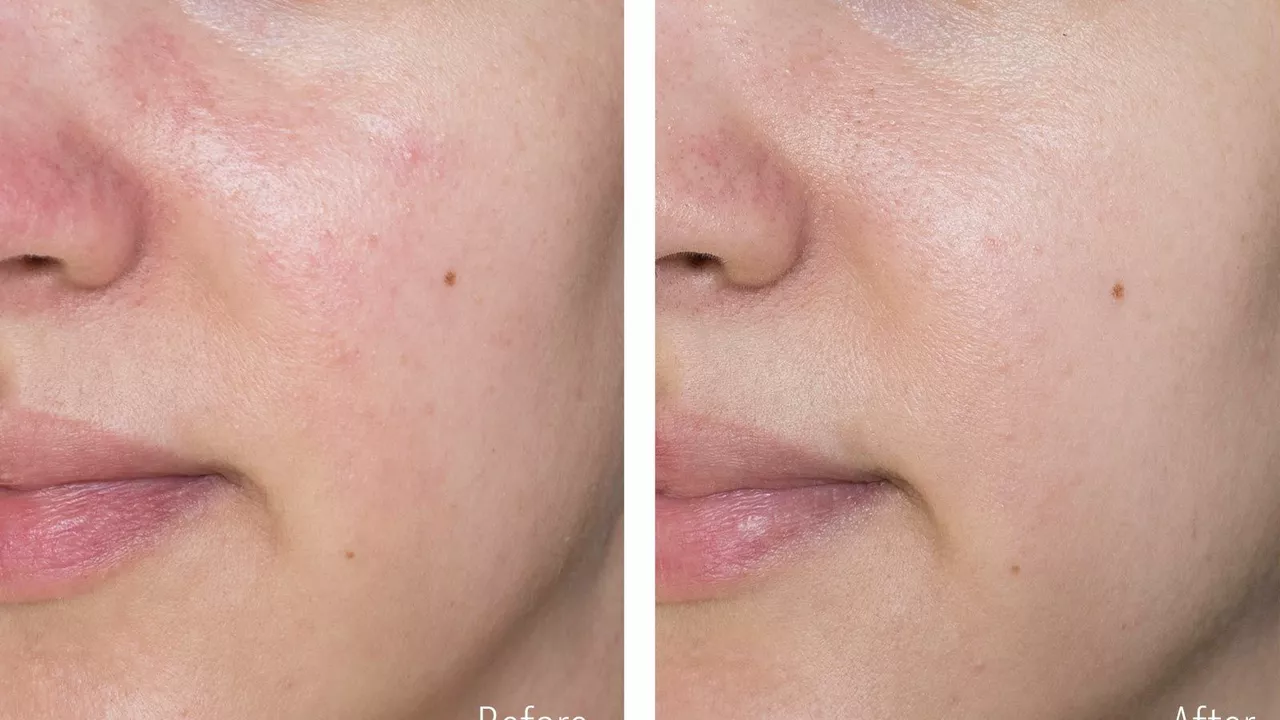Mottled skin discoloration—often called mottling or livedo reticularis—is a patchy, netlike change in skin color that can look purple, red, or pale. It happens when blood flow under the skin becomes uneven. You might notice it on the legs, arms, or torso. Sometimes it's harmless; other times it signals a medical problem. Here's how to tell the difference and what steps to take.
Cold exposure is the easiest cause to spot: your skin can look mottled when you are chilled and it usually clears after warming up. Circulation problems, such as peripheral vascular disease or venous insufficiency, create lasting patches that don’t go away with warmth. Certain medicines and drugs that narrow blood vessels can cause mottling as a side effect. Infections and inflammation can also change skin color; for example, sepsis can cause a mottled appearance alongside other severe symptoms. Autoimmune conditions like antiphospholipid syndrome or vasculitis sometimes cause a persistent reticular pattern. In newborns and older adults, seasonal or age-related changes in circulation can produce harmless mottling.
First, check the setting: did the mottling appear after cold, standing for a long time, or starting a new medication? If it fades within minutes of warming or resting, it’s usually benign. See a doctor if the patches are painful, spreading, blistering, or come with fever, shortness of breath, or numbness. Your clinician will take a history, examine the skin, and may order blood tests, Doppler ultrasound, or a skin biopsy to find the cause. Treatment depends on the diagnosis. Warming, gentle massage, and improving circulation with leg elevation can help mild cases. If a medication causes it, stopping or switching drugs may fix the problem.
For vascular blockages, doctors may recommend anticoagulants, blood pressure control, or procedures to open vessels. Inflammatory causes can respond to steroids or targeted immune therapies. Severe infection or sepsis needs urgent antibiotics and hospital care. How doctors decide often depends on timing and pattern. A doctor will ask when it started, whether it comes and goes, and what makes it better or worse. They will look for ulcers, temperature changes, and pulses in the limbs. Blood work can check for clotting problems, inflammation, and infection. Imaging like CT angiography or venous ultrasound helps find blockages. Sometimes a dermatologist will test for skin-specific causes and suggest topical treatments or light therapy for persistent discoloration. Getting a clear diagnosis shortens treatment time and avoids unnecessary medicines. Keep copies of medical notes and test results handy.
Keep extremities warm, avoid tight clothing that restricts blood flow, and quit smoking to improve circulation. Manage chronic conditions—control blood sugar, blood pressure, and cholesterol—to lower the chance of circulation-related mottling. When in doubt, take a photo and track changes; images help your clinician see progression. If you notice sudden worsening, severe pain, or systemic symptoms, go to urgent care or call emergency services. Addressing mottled skin early often prevents complications and points to the real issue behind the skin changes, and seek timely care.

In my latest blog post, I delve into the topic of mottled skin discoloration and its connection to hormonal changes in women. I discuss how fluctuations in hormone levels, particularly during periods such as pregnancy or menopause, can lead to skin changes including mottling. I also elaborate on ways to manage and treat these skin changes, from lifestyle modifications to medical treatments. Additionally, I emphasize the importance of regular dermatological check-ups to monitor these changes. Lastly, I share insights on how to maintain healthy skin despite hormonal fluctuations.